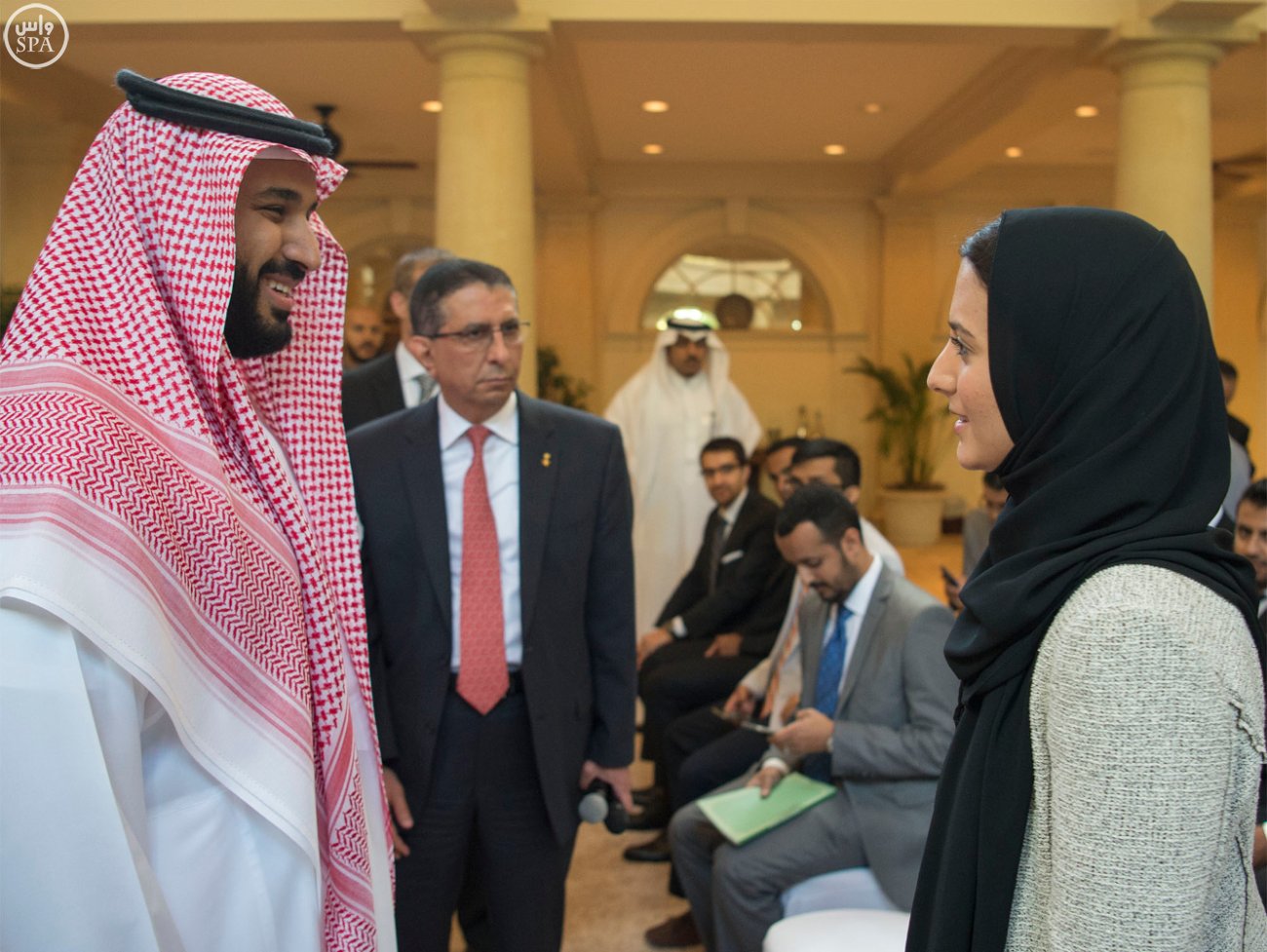Ride sharing apps Uber and Careem have reportedly begun recruiting female drivers following the landmark royal decree permitting women the right to drive in Saudi Arabia, CNN reports.
Careem has launched a series of 90-minute-long training sessions in Saudi, targeting Saudi women who have already obtained valid driving licenses from abroad. Those sessions are “taught by existing female Saudi employees of Careem (working in administration roles, not as drivers)” and “educate attendees about Saudi road laws, customer service techniques, and how to use the application’s platform.”
CNN‘s reporting also revealed that the primary user base of Uber and Careem in Saudi Arabia are – by a significant margin – women. Female customers currently represent 80% of Uber’s Saudi rider base and 70% of business for its Dubai-based counterpart, Careem, CNN reports.
Saudi Arabia announced in September that it would allow women to drive. The change will take effect in June 2018.
Saudi leaders hope the new policy will help the economy by enabling more women to enter the workforce. Many working Saudi women spend a large portion of their salaries on drivers, or must be driven to work by male relatives, if they are able to get out and about at all. The opportunity to work with Uber or Careem will enable some women in Saudi Arabia the freedom to get around and to earn money in the process.

2018 will be a historic year for Saudi women.
Change once came at a snail’s pace in Saudi Arabia, but new opportunities and freedoms for women are now frequent occurrences for a nation keen to develop a more diverse economy and vibrant society. On Friday, in Riyadh, women will for the first time be allowed to watch a soccer game from inside the confines of the King Fahd Stadium. This week, Saudi Arabia also held an all-female squash tournament for the first time.
In the last few months, several industries in Saudi Arabia including the mining sector, airports/ground services, and the Saudi courts system, to name a few, indicated new and greater employment opportunities for women in Saudi Arabia. One of the stated aims of Saudi Arabia’s Vision 2030 economic and social reform plans is to increase women’s participation in the workforce from 22% to 30%.
“With over 50 percent of our university graduates being female, we will continue to develop their talents, invest in their productive capabilities and enable them to strengthen their future and contribute to the development of our society and economy,” Vision 2030 states.









